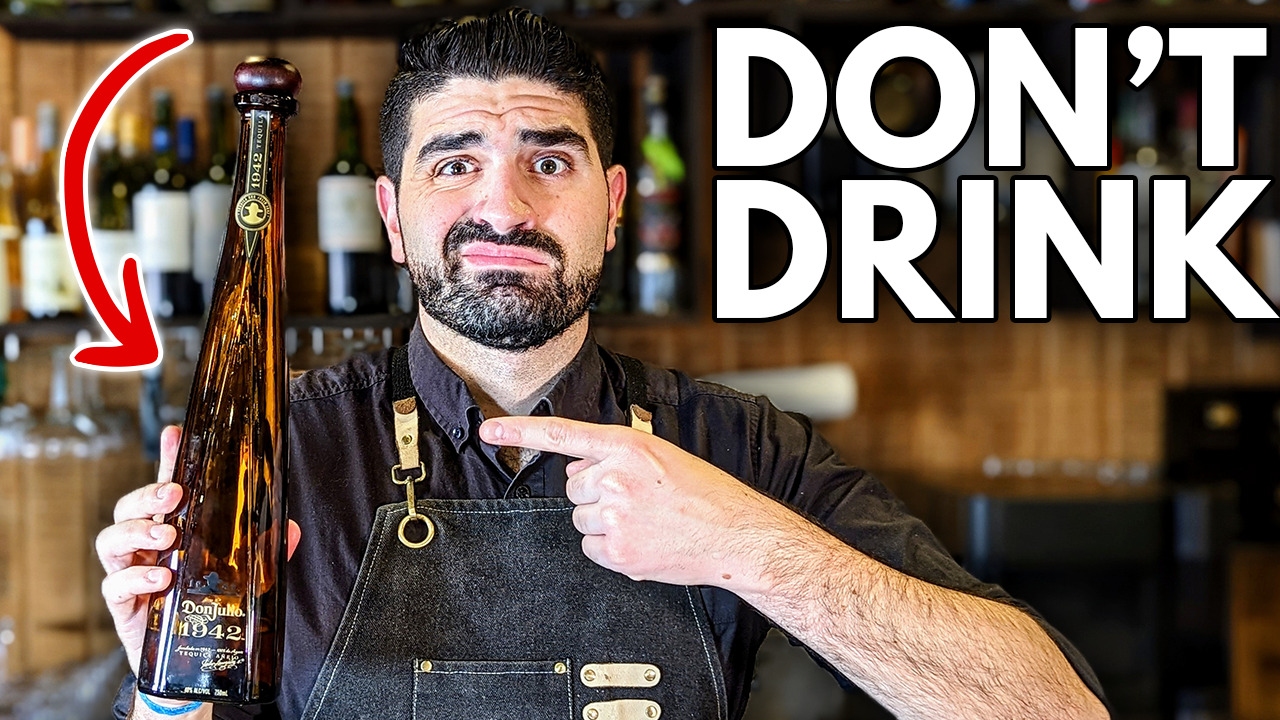Dont Drink Clase Azul Tequila! In the world of tequila, the name Clase Azul has long held a certain allure, with its beautifully designed ceramic bottle and ornate details. For many, ordering a Clase Azul at the bar was a statement of style and sophistication. However, as we delve deeper into the world of tequila, it becomes clear that there is more to consider than just appearances. In this article, we’ll explore the truth about Clase Azul tequila and reveal superior alternatives that are not only more affordable but also far more impressive in terms of taste and quality.
The Clase Azul Tequila Experience
Before we jump into the alternatives, let’s take a closer look at Clase Azul tequila itself. It’s essential to understand why this popular brand may not live up to the hype. Clase Azul’s bottle design is undoubtedly eye-catching and well-marketed, but the real question is, does the tequila inside match the aesthetics?
Upon tasting Clase Azul tequila, one is met with an overpowering sweetness that masks the true essence of tequila. The taste is reminiscent of fake cotton candy and artificial vanilla, far from what one expects from a premium tequila. What’s even more disappointing is the price tag – a hefty $180 for a bottle that offers more style than substance.
Don’t Drink Clase Azul Tequila
Let’s shift our focus to the alternatives, tequilas that not only taste superior but are also more budget-friendly. Here are some fantastic alternatives to Clase Azul:
Don Fulano Tequila
Don Fulano boasts over 140 years of experience in growing agave, the primary ingredient in tequila. The family behind this brand runs one of Mexico’s most respected distilleries. Don Fulano is free from additives and costs between $65 and $80, making it an affordable and delicious choice. This tequila offers a rich caramel flavor, a pleasant black pepper spice, and a prominent roasted agave taste.
G4 Tequila
G4 Tequila is an extraordinary brand known for its unique flavor profile and exceptional quality. Made at the esteemed El Pandillo distillery in Mexico, it utilizes various water sources to create its one-of-a-kind taste. Priced between $80 and $120, G4 offers a light color with genuine barrel notes, including caramel and vanilla. The tequila also has a subtle minerality and savory undertones, creating a truly memorable drinking experience.
Fortaleza Tequila (Honorable Mention)
While Fortaleza isn’t widely available, it deserves an honorable mention. Often touted as the creme de la creme of tequila, Fortaleza is highly sought after for its remarkable quality. The Reposado version, priced at $95 to $100, exhibits genuine aging with rich oak and agave flavors, setting a high standard for well-made tequila.
Conclusion
While Clase Azul tequila may win in terms of aesthetics and marketing, it falls short when it comes to taste and value for money. By exploring alternative tequila options such as Don Fulano, G4, and Fortaleza, you can discover tequilas that not only taste exceptional but also offer a genuine representation of the agave spirit. So, the next time you’re in the mood for tequila, skip the fancy bottle and reach for a tequila that truly delivers on quality, flavor, and craftsmanship.








